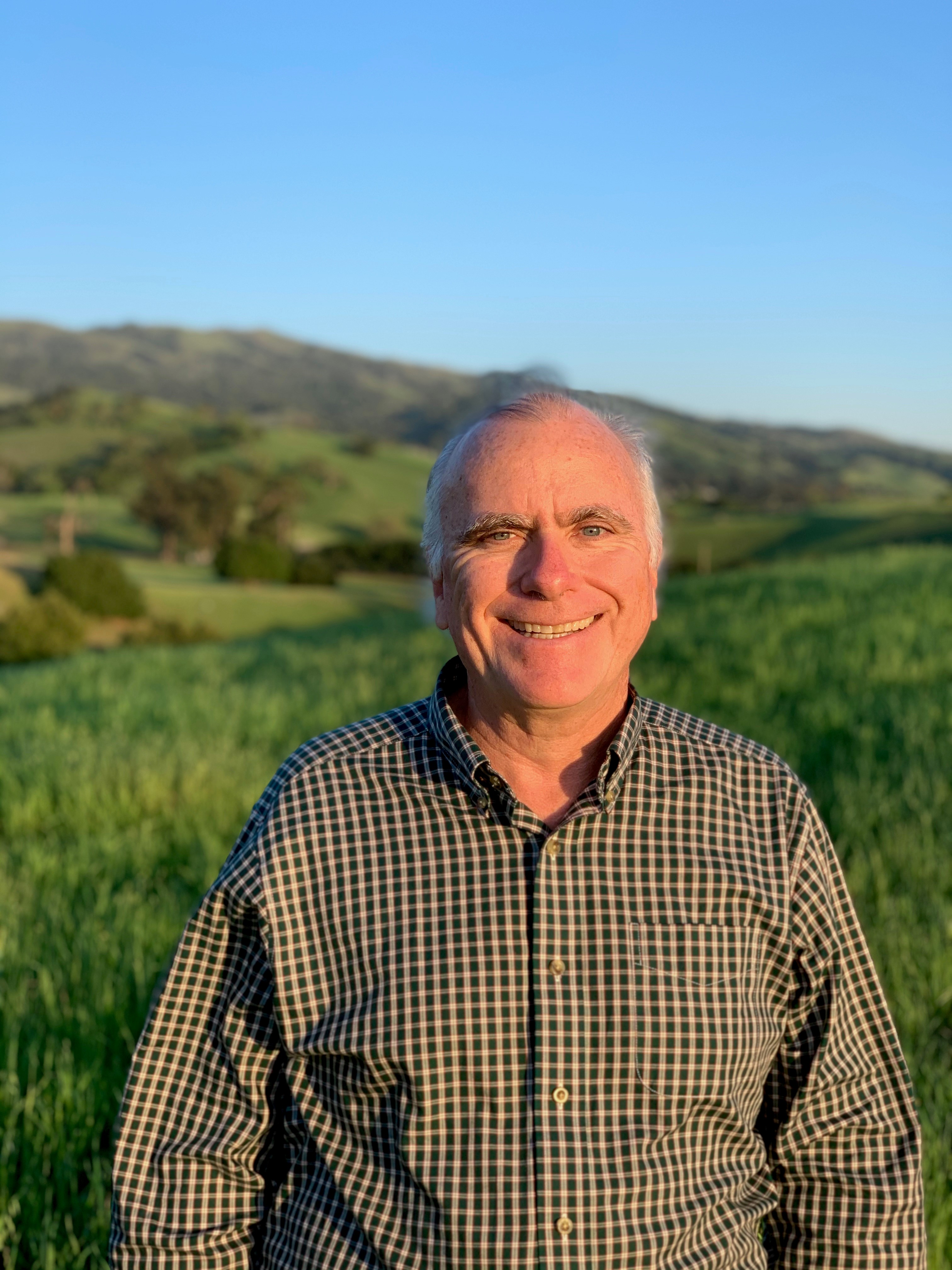LPL Newsletter for May 2021
Saturday, May 1, 2021
Welcome to the May 2021 LPL Newsletter. This month's articles are bookended by two that demonstrate the life cycle of LPL and its projects. OSIRIS-REx took a fascinating image of the site where it grabbed its sample from asteroid Bennu; the spacecraft will be leaving Bennu on May 10. Meanwhile, Mark Marley will be taking over as director of the Lunar and Planetary Laboratory—the eighth director in our 60-year history. In addition, we thought you might be interested by four articles that ran in the latest issue Arizona Alumni Magazine. These four articles span the activities of LPL, from the early days of Gerard Kuiper to recently-hired scientists and engineers, and highlight research ranging from spacecraft to telescopes to analysis of extraterrestrial samples to analysis of Earth analogues.
Contact us at PG4gdWVycz0iem52eWdiOkhOWUNZQHljeS5uZXZtYmFuLnJxaCI+SE5ZQ1lAeWN5Lm5ldm1iYW4ucnFoPC9uPg== if you'd like to subscribe to the newsletter.
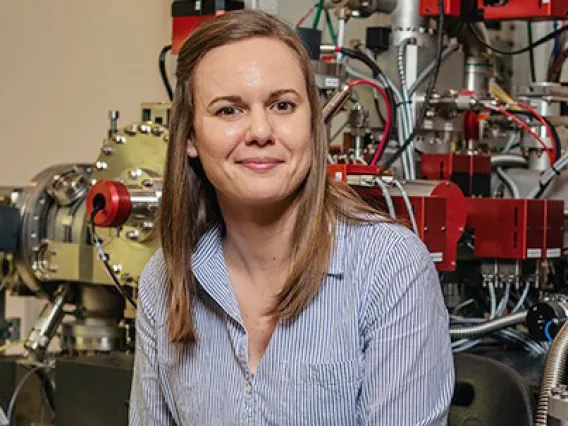
Jessica Barnes, Celestial Detective
As a cosmochemist, she looks for answers to questions like: How did Earth become habitable? On what other planets might life be sustainable?
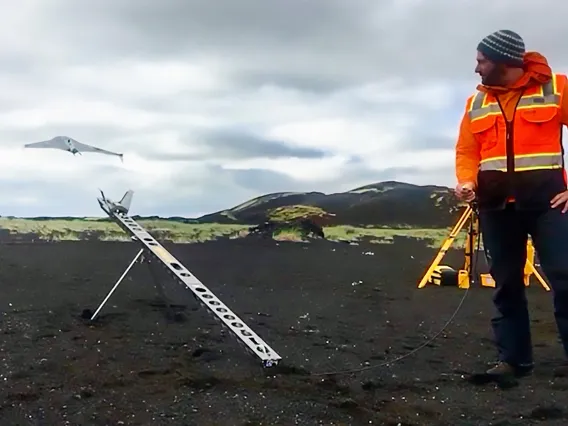
Iceland, the Wildcat Testing Ground
Christopher Hamilton is developing a new concept combining rovers and drones to explore regions of Mars that have been previously inaccessible.
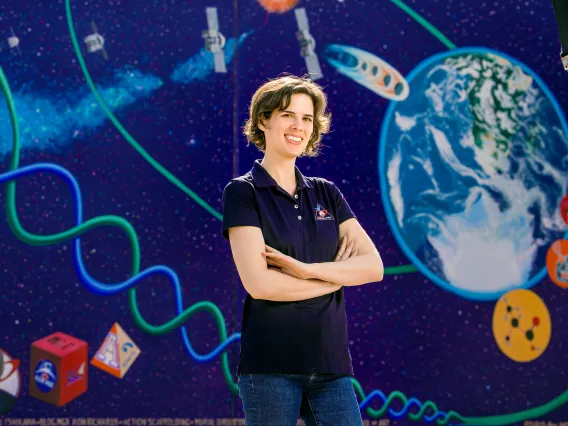
Mapping Bennu
UArizona alumna Carina Bennett remembers her first day working on the OSIRIS-REx mission. She found herself among space scientists with years of experience. It was rocket science, but she was a filmmaker.
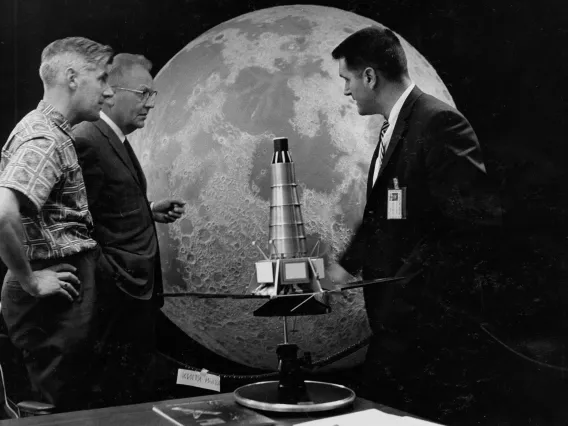
Space is Wildcat Country
LPL has led the field in space exploration since its founding in 1960. We continue the journey of discovery with projects like OSIRIS-REx and testing Mars exploration drones in Iceland.
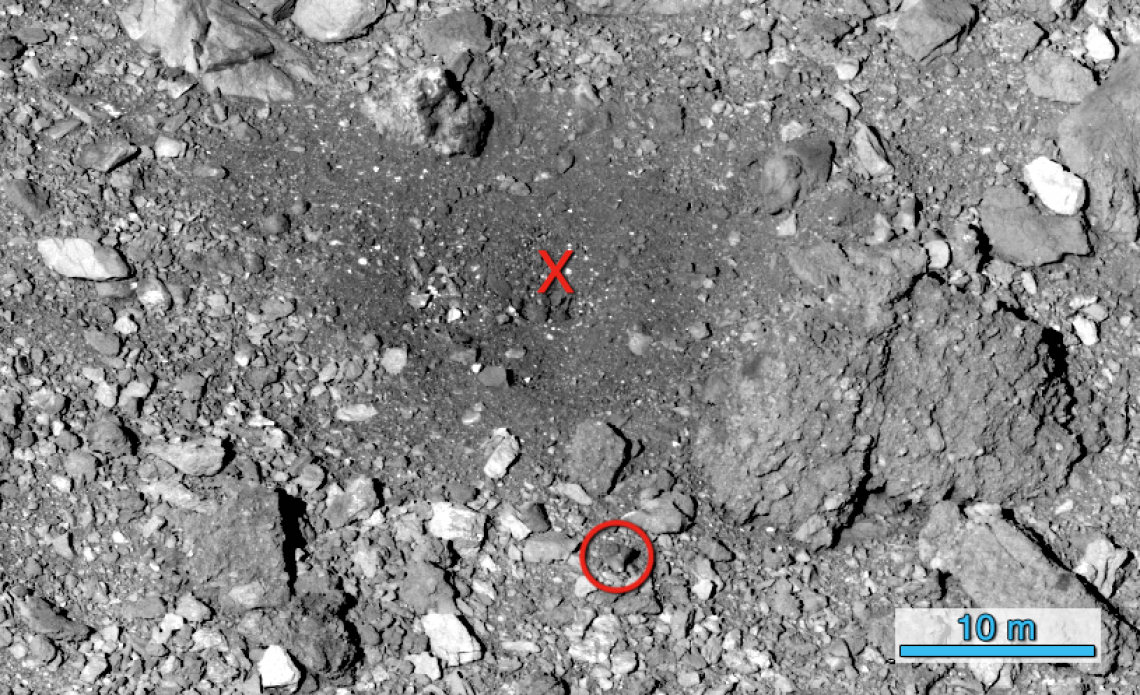
New Images: OSIRIS-REx Leaves its Mark on Bennu
New images of Bennu's surface captured during the final flyover reveal dramatic changes to the sample site.


